bicolor sage won't bloom
rembetika
18 years ago
Featured Answer
Comments (18)
CA Kate z9
18 years agorembetika
18 years agoRelated Professionals
Jennings Landscape Architects & Landscape Designers · Winder Landscape Architects & Landscape Designers · Waterbury Landscape Contractors · Edmond Landscape Contractors · Tempe Landscape Contractors · Deerfield Beach Landscape Contractors · Miller Place Landscape Contractors · Reedley Landscape Contractors · Wilsonville Landscape Contractors · Brentwood Los Angeles Outdoor Lighting & Audio Visual Systems · Ft Washington Siding & Exteriors · Kennewick Siding & Exteriors · Millburn Siding & Exteriors · Saint Petersburg Siding & Exteriors · Woodland Hills Siding & Exteriorsrich_dufresne
18 years agoCA Kate z9
18 years agorembetika
18 years agorich_dufresne
18 years agorembetika
18 years agorembetika
18 years agojfr1107
18 years agoltcollins1949
18 years agoltcollins1949
18 years agorich_dufresne
18 years agoltcollins1949
18 years agorembetika
18 years agorembetika
18 years agolizmcarrera
11 years agodsetser
8 years ago
Related Stories

GARDENING GUIDESTop 12 Summer-Blooming Perennials for Deer-Resistant Drama
Can you have garden color, fragrance and exciting foliage with hungry deer afoot? These beauties say yes
Full Story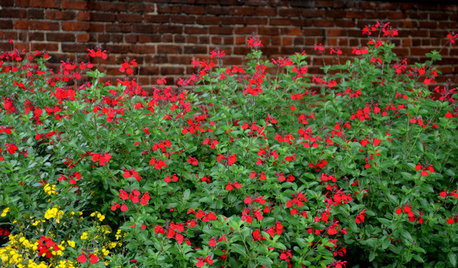
GARDENING GUIDESGreat Design Plant: Autumn Sage Brings Color and Butterflies
Whether you live in the arid desert or the humid South, you'll likely find this deer-resistant beauty as irresistible as winged creatures do
Full Story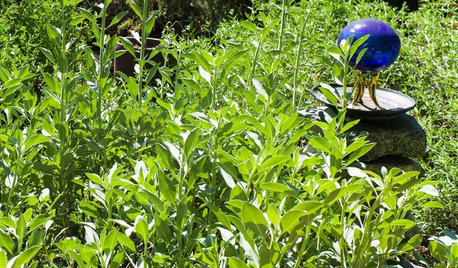
FLOWERS AND PLANTSWhite Sage Shimmers in the Water-Wise Garden
California native Salvia Apiana features silvery-green foliage and seasonal flowers that bees, hummingbirds and butterflies love
Full Story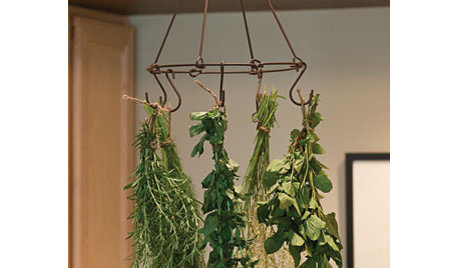
Dry Your Garden Herbs for Casual Fall Decor
Snip some sage and round up the rosemary. Dried herbs are just as great for autumnal arrangements as they are for cooking
Full Story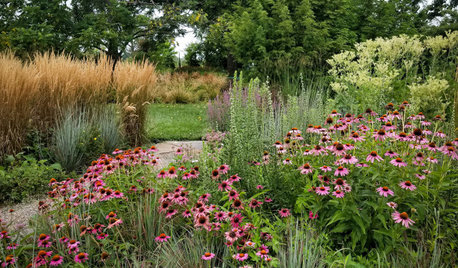
FALL GARDENING20 Favorite Flowers for the Fall Landscape
Vivid blooms and striking shapes make these annuals and perennials a delight in autumn gardens
Full Story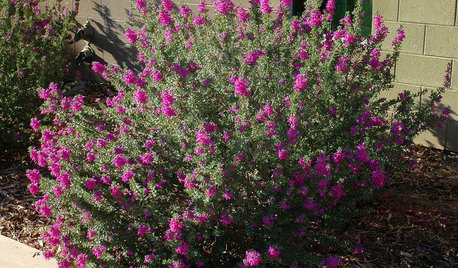
GARDENING GUIDESGreat Design Plant: Texas Ranger Explodes With Color
If purple is your passion, embrace Leucophyllum frutescens for its profusion of blooms and consider the unfussiness a bonus
Full Story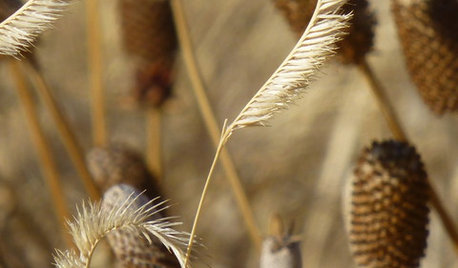
FALL GARDENINGAutumn’s Spent Flowers Enrich the Off-Season
The garden season never ends when you think beyond summer blooms
Full Story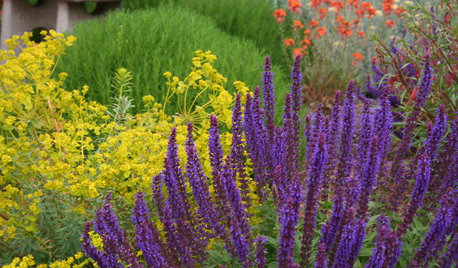
GARDENING GUIDES5 Bright, Cheerful Coastal Garden Flowers
Sandy soil and salty air don't have to mean a dry and dull garden — these 5 flowering plants are beautiful, vivid and remarkably sturdy
Full Story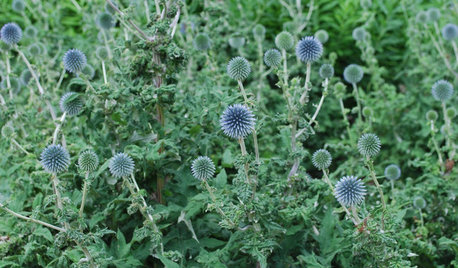
GARDENING GUIDESGreat Design Plant: Globe Thistle
Trot out globe thistle in a sun-drenched garden spot for strikingly sculptural blue flowers through October
Full Story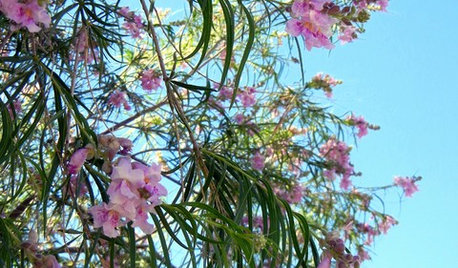
LANDSCAPE DESIGNGreat Design Plant: Paint the Summer Landscape With Desert Willow
If the vibrant flowers of this Southwestern native tree don't blow you away, the hummingbirds, fire resistance and low maintenance will
Full StoryMore Discussions






dena_tx